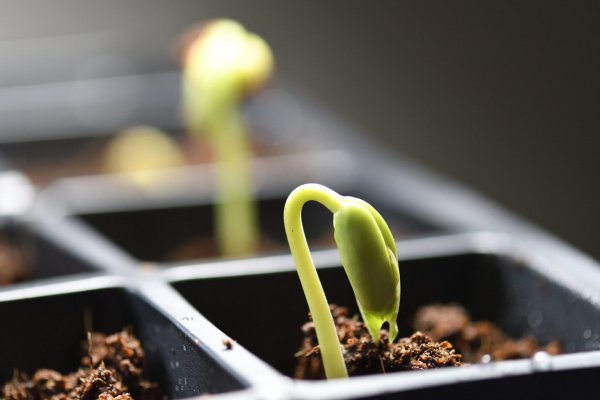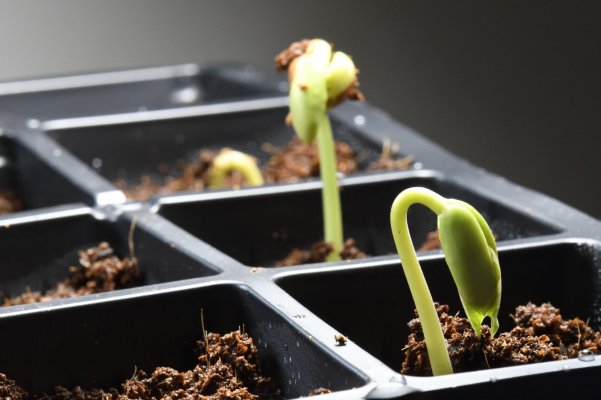Tom
Administrator
- Joined
- Jan 13, 2005
- Posts
- 51,897
Our oldest grandson arrives with his family (including our great grandson) next month. Our grandson has a successful pro photo business in the UK, and has promised to give me some hands-on photography "lessons". As a photography neophyte, I can't wait.


